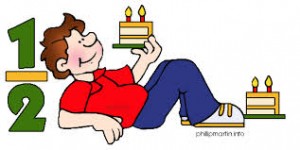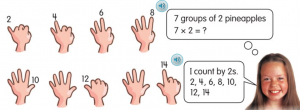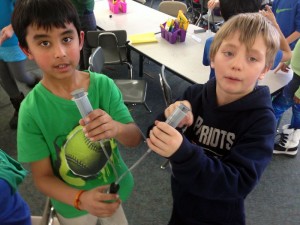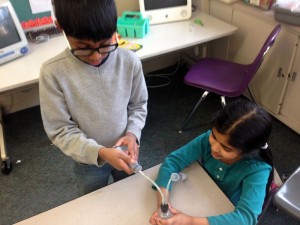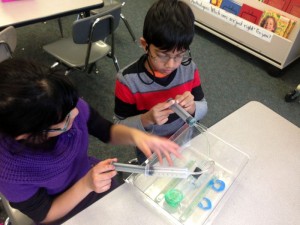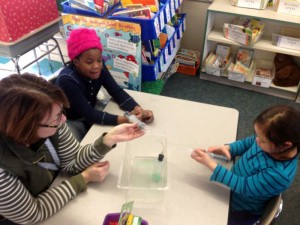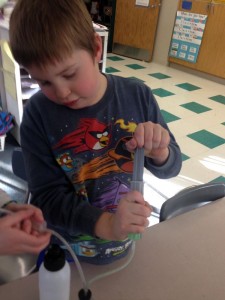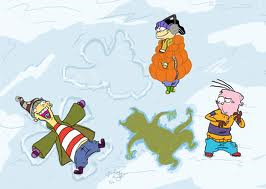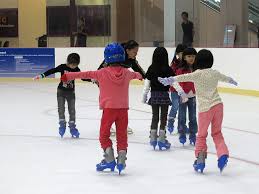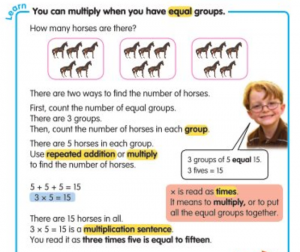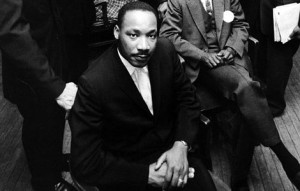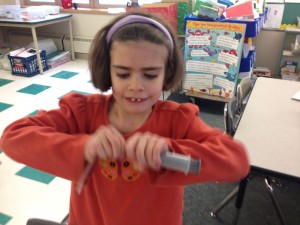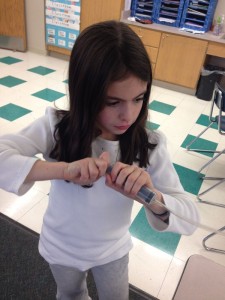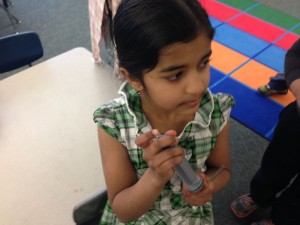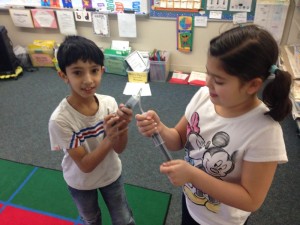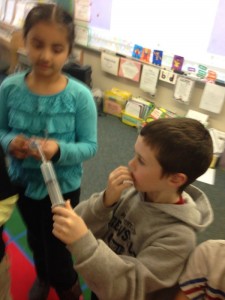Posted by kavery508 | Posted in Uncategorized | Posted on January 26, 2015
 Valentine’s Day is coming! We will exchange valentines in class on Friday, 2/13. If your child will be bringing valentines in for classmates, please be sure there is one for everyone. There are currently 21 students in our class; refer to our class list if your child wishes to personalize valentines with names.
Valentine’s Day is coming! We will exchange valentines in class on Friday, 2/13. If your child will be bringing valentines in for classmates, please be sure there is one for everyone. There are currently 21 students in our class; refer to our class list if your child wishes to personalize valentines with names.
 One of the way to teach kids to think critically about text and improve comprehension is to analyze texts for Author’s Purpose and Author’s Message. An author’s purpose for writing might be to inform, or to entertain, or to persuade. Knowing this helps kids’ brains anticipate, predict, and understand better. For example, when reading a piece of fiction, a reader can discount certain information and focus on dialogue and character choice to make sense of the story. An author’s message is usually a lesson learned by the main character, or a lasting impression the author likely intends. For example, a biography of MLK, however balanced, will likely serve to highlight his importance in history. Here’s a fun online activity to try it at home, from studyzone.org: http://www.studyzone.org/testprep/ela4/g/listencpsl.cfm And here’s a link to all things “Author’s Purpose” from The Picture Book Teacher’s blog: http://thepicturebookteachersedition.blogspot.com/2012/03/importance-of-authors-purpose.html
One of the way to teach kids to think critically about text and improve comprehension is to analyze texts for Author’s Purpose and Author’s Message. An author’s purpose for writing might be to inform, or to entertain, or to persuade. Knowing this helps kids’ brains anticipate, predict, and understand better. For example, when reading a piece of fiction, a reader can discount certain information and focus on dialogue and character choice to make sense of the story. An author’s message is usually a lesson learned by the main character, or a lasting impression the author likely intends. For example, a biography of MLK, however balanced, will likely serve to highlight his importance in history. Here’s a fun online activity to try it at home, from studyzone.org: http://www.studyzone.org/testprep/ela4/g/listencpsl.cfm And here’s a link to all things “Author’s Purpose” from The Picture Book Teacher’s blog: http://thepicturebookteachersedition.blogspot.com/2012/03/importance-of-authors-purpose.html
Integrating critical thinking, opinion writing, and social studies (citizenship, history), students will learn about the life of Rosa Parks and her contributions to the Civil Rights Movement. They will write an opinion piece (see “author’s purpose above!) about her leadership traits, which we will compare and contrast with MLKs. The big social studies idea is that studying great figures in American history can help prepare students to become citizens who affect positive change locally and nationally.
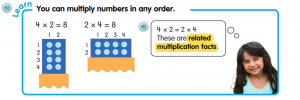 Pursuing out math goal of learning the how and what of multiplication, this week we learn about the commutative property of multiplication (the product of 2 x 4 is the same as 4 x 2, or “turnaround facts”) using arrays (the “dot paper” shows them nicely). An array is a rectangular arrangement of objects with an equal number in each row and in each column.
Pursuing out math goal of learning the how and what of multiplication, this week we learn about the commutative property of multiplication (the product of 2 x 4 is the same as 4 x 2, or “turnaround facts”) using arrays (the “dot paper” shows them nicely). An array is a rectangular arrangement of objects with an equal number in each row and in each column.
 In math, the number of rows is always named first, and the number of columns second. In the picture above, the array therefore shows 2 x 4, not 4 x 2. But if we turn the figure on its side, it becomes a 4 x 2 array.
In math, the number of rows is always named first, and the number of columns second. In the picture above, the array therefore shows 2 x 4, not 4 x 2. But if we turn the figure on its side, it becomes a 4 x 2 array.  It has the same total number of dots as 2 x 4, thus showing the commutative property. We teach kids this so they see that if they know one multiplication fact, they immediately know the second fact. However, when modeling a problem by drawing pictures–and this is a very important part of problem-solving–it’s important that kids show the array correctly. A problem about 3 groups of 2 baseballs will call for a different array than a problem about 2 groups of 3 things. For ideas to help reinforce these concepts in the real world with your child, check out this page from BrainPop: http://www.brainpop.com/educators/community/lesson-plan/arrays-activities-for-kids/
It has the same total number of dots as 2 x 4, thus showing the commutative property. We teach kids this so they see that if they know one multiplication fact, they immediately know the second fact. However, when modeling a problem by drawing pictures–and this is a very important part of problem-solving–it’s important that kids show the array correctly. A problem about 3 groups of 2 baseballs will call for a different array than a problem about 2 groups of 3 things. For ideas to help reinforce these concepts in the real world with your child, check out this page from BrainPop: http://www.brainpop.com/educators/community/lesson-plan/arrays-activities-for-kids/
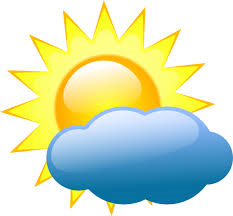 Tomorrow’s blizzard offers a great first-hand opportunity for students to study weather! When watching weather reports, ask your child to notice the elements that come together to make a powerful storm. What is the temperature? Where did the moisture come from to make all this snow (west and east)? What does the wind have to do with it? Notice the clouds (nimbostratus) and how they are different from sunny days (cumulus and/or cirrus). Here’s a favorite site of mine for teaching about storms and all things weather, from Weather Wiz Kids: http://www.weatherwizkids.com/weather-winter-storms.htm The Web and Youtube abound with info for kids too!
Tomorrow’s blizzard offers a great first-hand opportunity for students to study weather! When watching weather reports, ask your child to notice the elements that come together to make a powerful storm. What is the temperature? Where did the moisture come from to make all this snow (west and east)? What does the wind have to do with it? Notice the clouds (nimbostratus) and how they are different from sunny days (cumulus and/or cirrus). Here’s a favorite site of mine for teaching about storms and all things weather, from Weather Wiz Kids: http://www.weatherwizkids.com/weather-winter-storms.htm The Web and Youtube abound with info for kids too!
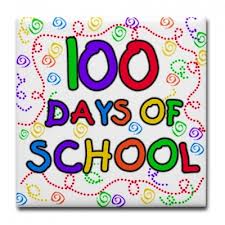 The 100th day of school is nearing (at this time, Feb. 4–but every snow day will push it back)! I will set up a “100 Day Museum” to show off student projects and learning. I encourage children to create a poster/collection/display/etc. that somehow represents 100. Instead of simply collecting 100 things in a bag, I’m challenging students to think more deeply about number. They could bring/show something that displays an understanding of number, patterns, and/or the math we’ve done so far, such as: grouping objects (stickers/pennies/etc.) on a poster that shows counting by 5s, 10s, 2s, etc., possibly with accompanying multiplication/repeated addition/division explanations; bar models using 100; create real-world problems with 100. There is also a plethora of projects and ideas on Pinterest and across the web!
The 100th day of school is nearing (at this time, Feb. 4–but every snow day will push it back)! I will set up a “100 Day Museum” to show off student projects and learning. I encourage children to create a poster/collection/display/etc. that somehow represents 100. Instead of simply collecting 100 things in a bag, I’m challenging students to think more deeply about number. They could bring/show something that displays an understanding of number, patterns, and/or the math we’ve done so far, such as: grouping objects (stickers/pennies/etc.) on a poster that shows counting by 5s, 10s, 2s, etc., possibly with accompanying multiplication/repeated addition/division explanations; bar models using 100; create real-world problems with 100. There is also a plethora of projects and ideas on Pinterest and across the web!

